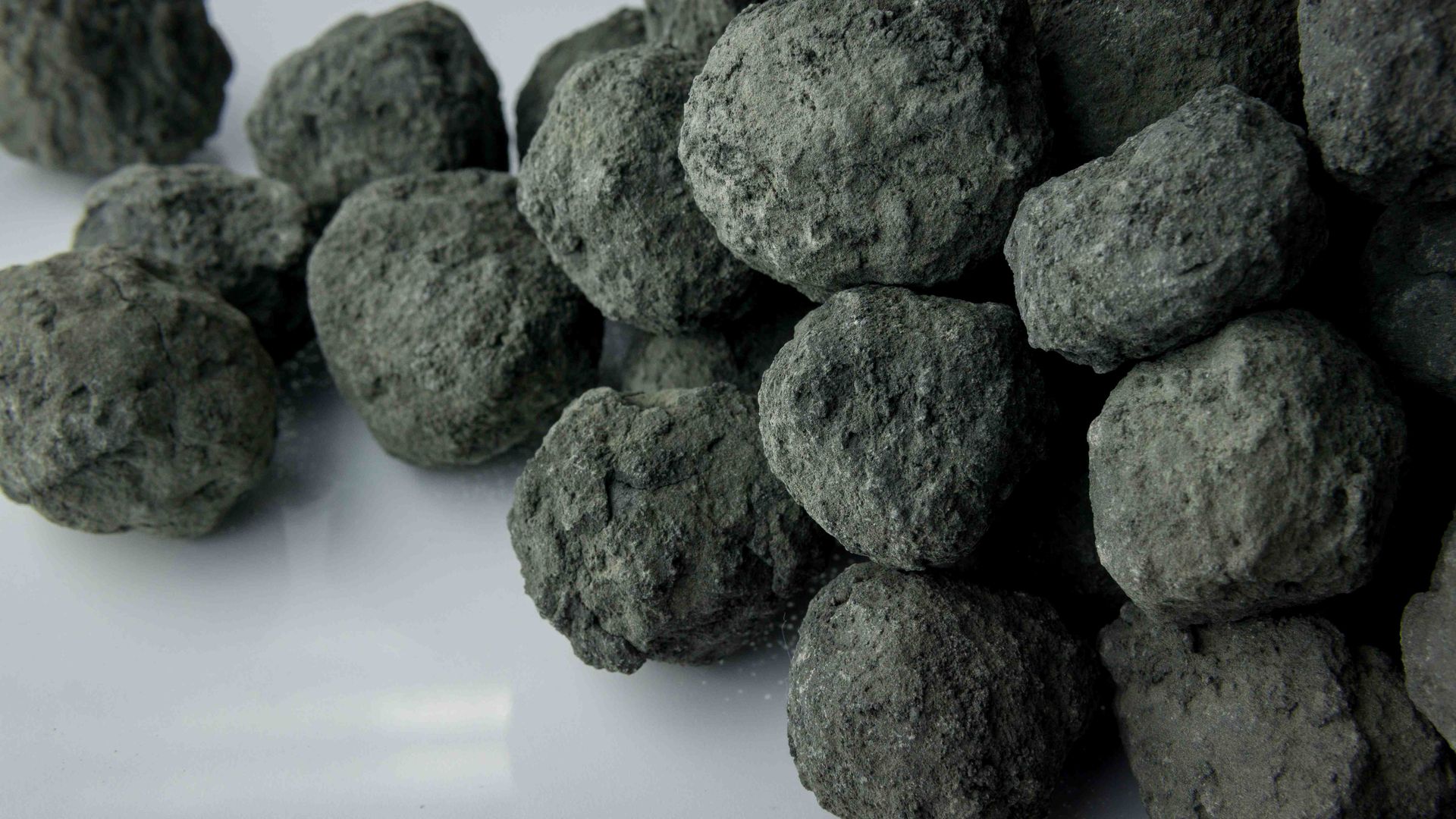How Do You Test for Legionella in Water?

Like food, water is a crucial necessity of life. The rising levels of contaminants in water, both biological and artificial, make it necessary to process it before being used. Nevertheless, processed water can again get contaminated, leading to poor health. It happens because, despite processing, the water may still contain some bacteria which grow in numbers and colonize the water system. As long as their numbers are limited, there’s no issue. When their concentration increases, that’s when people using that water start falling ill.
Today, facilities having hot and cold water systems face a unique threat from a bacteria called Legionella pneumophila . This bacterium is known to cause diseases like Pontiac Fever and a sometimes fatal form of pneumonia called Legionnaires Disease. Due to its health implications, it is necessary to prevent the growth of Legionella. However, this is possible only through proper maintenance of the water systems and regular testing.
Testing For Legionella In Water
Testing for Legionella in water needs to be done regularly. It is by no means a one-time activity. There are two main methods for Legionella detection. These are:
1. Lab Testing – Lab testing is often the best and most recognized way of testing for the presence of any contaminants in water, including Legionella. The process is relatively simple, and the results are pretty detailed. Here’s what goes into lab testing:
- First, a water sample is collected from various sources on site. These samples are stored in disinfected vials or bottles. The bottles are labeled with the facility’s name, source of collection, and the date of sample collection.
- Now the samples are sent to the nearest lab that tests Legionella.
- The lab will conduct the standard culture test, which takes 10 to 12 days to complete. Lab testing is not quick because developing the culture takes time. So even in the best-case scenario, the results will come the latest in 10 days.
Advantages Of Lab Testing For Legionella In Water – Let’s now talk about the advantages of lab testing:
- Reliable – lab testing is one of the most reliable testing methods for Legionella. When on-site testing methods were unavailable, this was the only way to test the water. Even now, if there is a testing lab in the facility’s vicinity, it is the preferred testing method.
- Detailed – The lab report is very detailed and mentions all species of Legionella found. It gives a fair idea of how bad the situation is if the water sample turns out to be positive for the presence of Legionella.
- Approved – All labs are not approved for Legionella testing. Therefore, you need to ensure that the sample from your facility is being sent to a government-approved Legionella testing lab. It will ensure adherence to the latest operating procedures and CDC methods.
Disadvantage Of Lab Testing For Legionella In Water – Lab testing though recommended, is still wrought with a few drawbacks. These include:
- Sample Deterioration Enroute – Sadly, testing labs are not always close to the facility. Sometimes, it is so far that transportation may take a few days, during which the sample starts deteriorating. Hence, what ultimately reaches the lab is not the exact sample but its much-degraded version.
- Takes Long To Get Confirmed Results – Getting the result in a few hours can make a whole lot of difference in stopping an epidemic. In the case of Legionella testing, by the time the lab comes back with the results, the related illness would have already spread amongst many who work or reside in the building.
2. On-Site Testing – Technological advancements have made it possible to test for Legionella contamination on-site. Using a portable DNA analyzer, one can get quality results on-premises itself. To give you a fair idea, here’s how the portable testing technique works:
- First, you need to buy a portable DNA analyzer made for on-site Legionella testing. It would be best to get one approved by the regulatory agencies.
- Next, the water sample is put in a single-use test cartridge, which is inserted into the analyzer.
- Now everything is automatic. DNA/RNA is extracted inside the cartridge, and its millions of copies are made using PCR or Polymerase Chain Reaction and tested.
- Finally, the result is generated automatically with the help of in-built algorithms.
Advantages Of On-Site Testing For Legionella In Water – Testing the water sample on-site gives the following benefits:
- Reliable And Quick Results – The portable DNA analyzers are very well developed. They are capable of giving dependable results within an hour.
- No Sample deterioration – Since the water sample does not have to spend days at the end in transportation, there is no deterioration of the sample.
- Instant Action Possible – With quick and reliable results, buildings can now deploy remedial measures almost instantly and put a stop to any spread of illness.
Disadvantages Of On-Site Testing For Legionella In Water – On-site testing has unique setbacks. These are:
- People Will Question, Its Reliability – Humans are very resistant to change. From early childhood, we have seen that testing is done in labs carrying sophisticated equipment. Therefore, testing done by a small device, no matter how advanced it be, will still come under pressure. You will still be asked to validate the results through a lab test.
- On-Site Testing Considered Unacceptable By Many – You will come across many people who consider on-site testing unacceptable. The only results they will believe and put their faith in are the ones that you get after lab testing.
The Crux
Regular water testing is a must. It will help control and manage Legionella spread. Also, building owners can save themselves from a nightmarish future filled with expensive lawsuits and a complete wipeout of goodwill.
Proactively testing the water systems in your building for the presence of Legionella is ideal. The best approach is to do an on-site test using approved test kits and send another sample for lab testing. This way, if the portable on-site test system indicates a legionella concern, the remedial measures can be put into action immediately. The lab results will help fortify your efforts in controlling the bacteria.
Disclaimer: The information on this website and blog is for general informational purposes only and is not professional advice. We make no guarantees of accuracy or completeness. We disclaim all liability for errors, omissions, or reliance on this content. Always consult a qualified professional for specific guidance.






